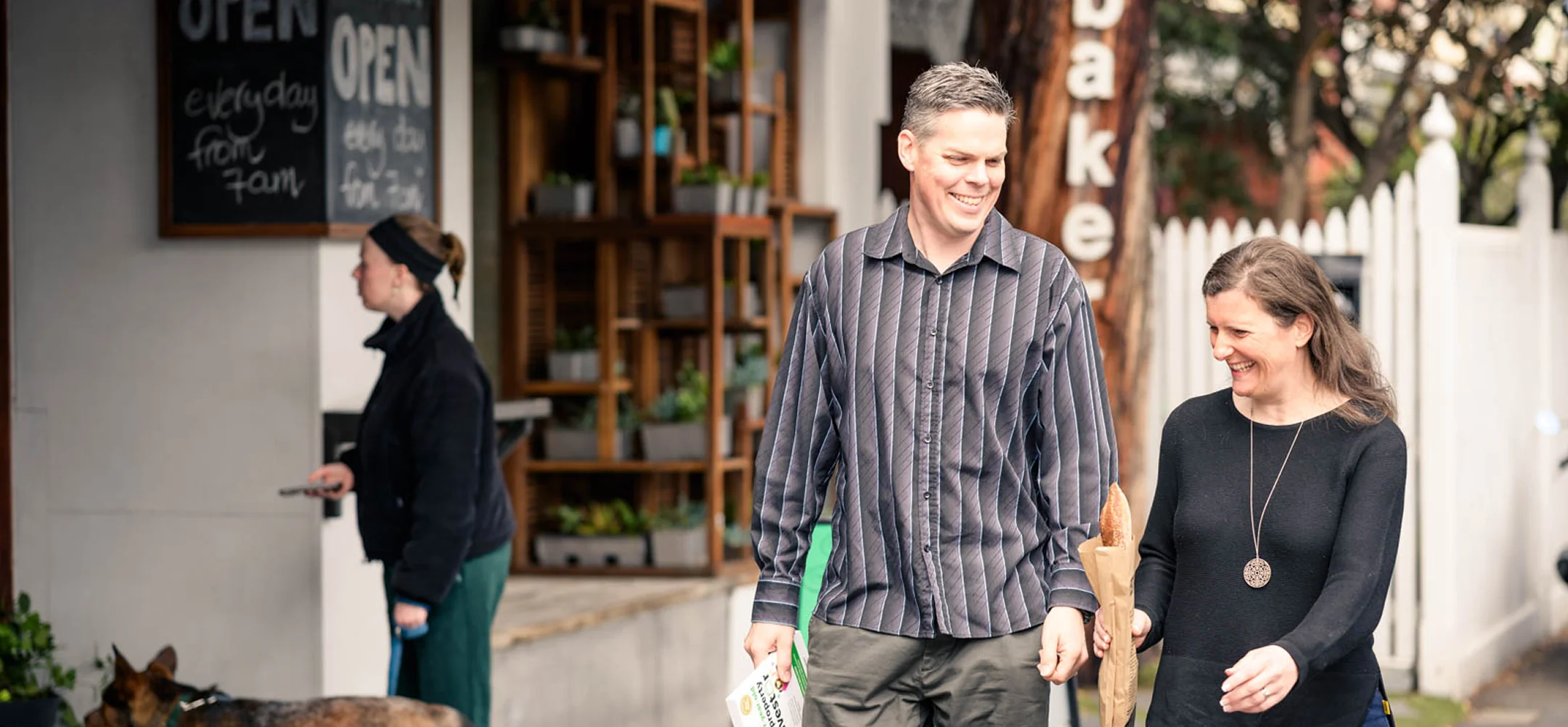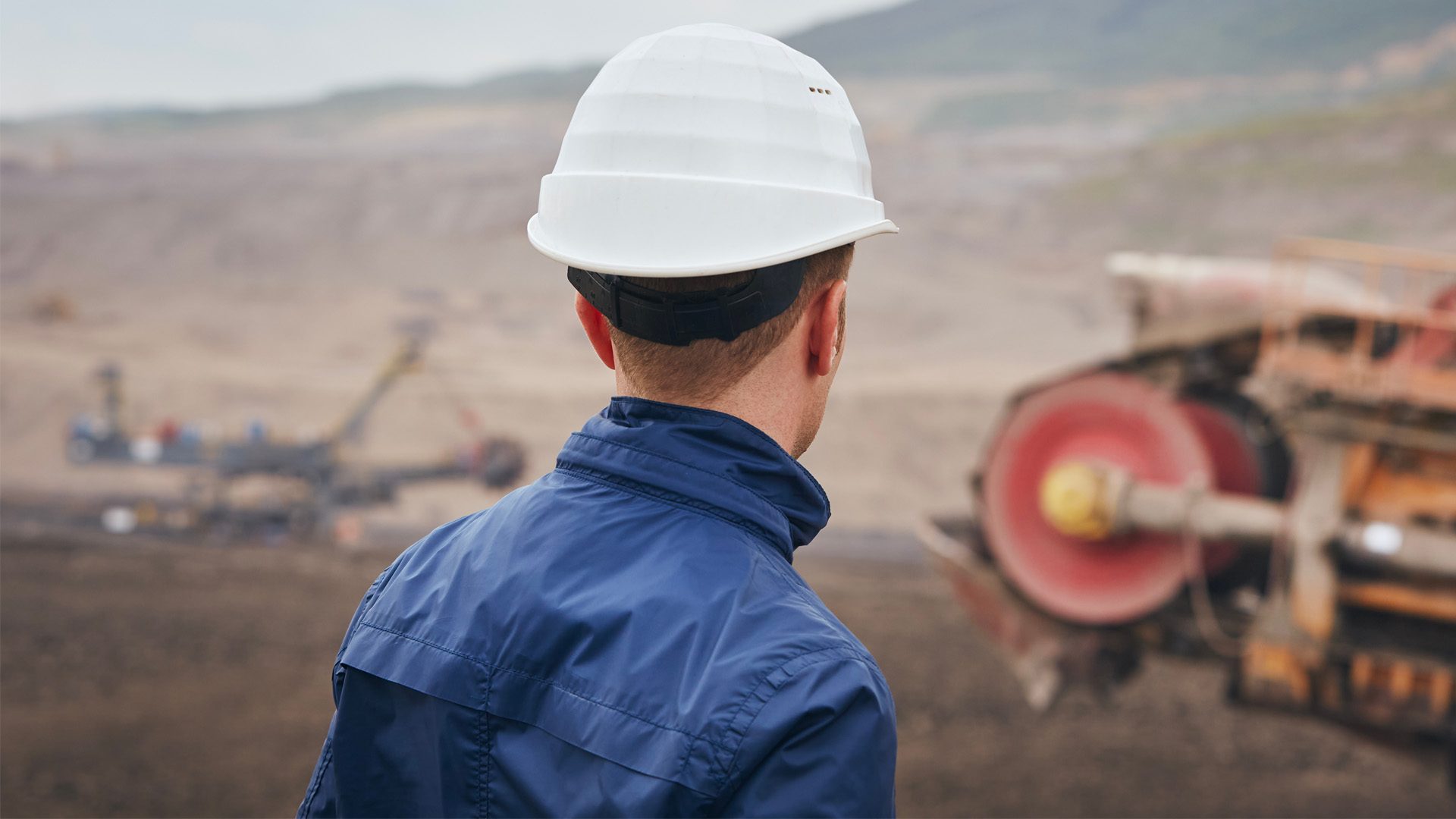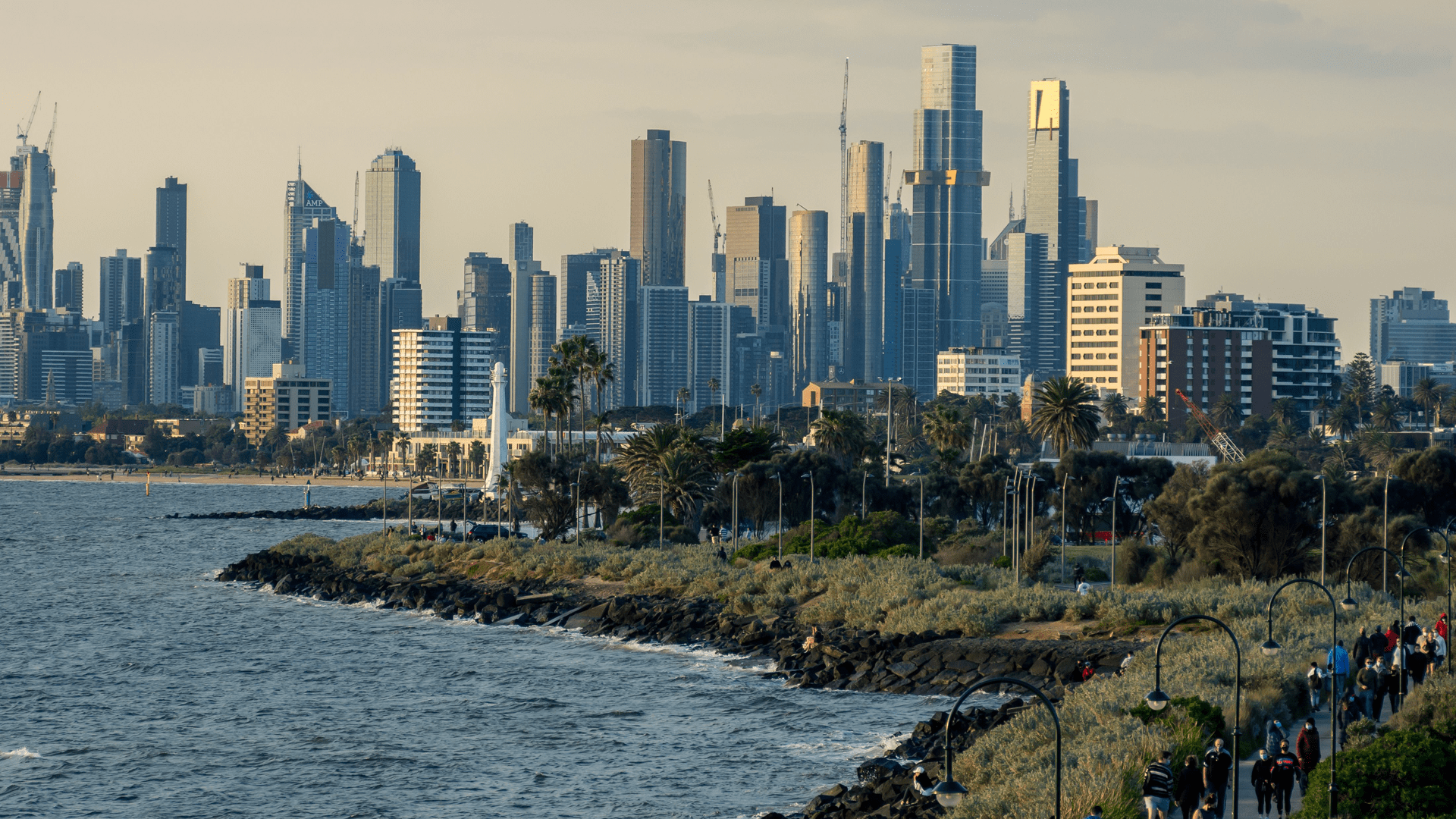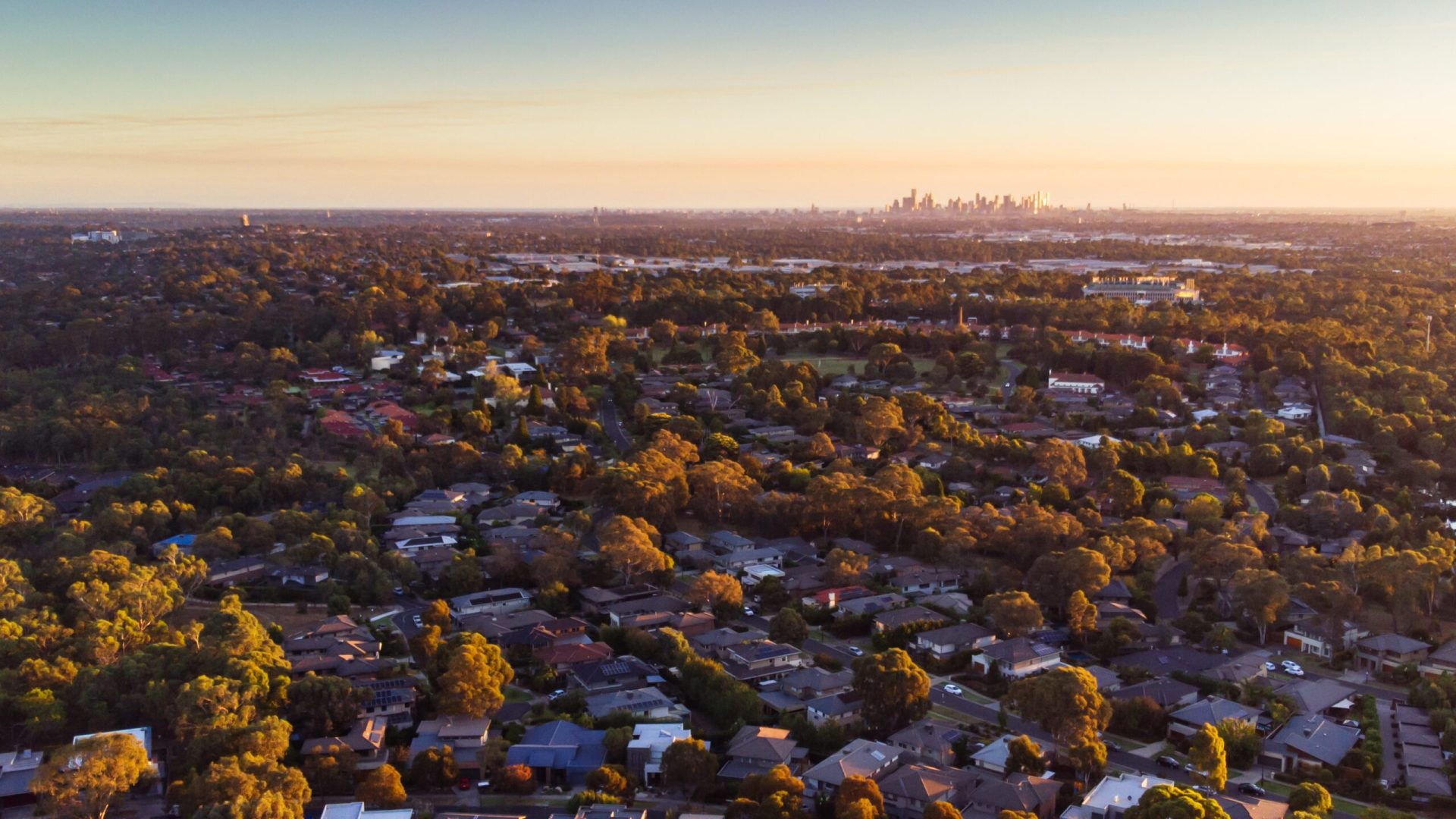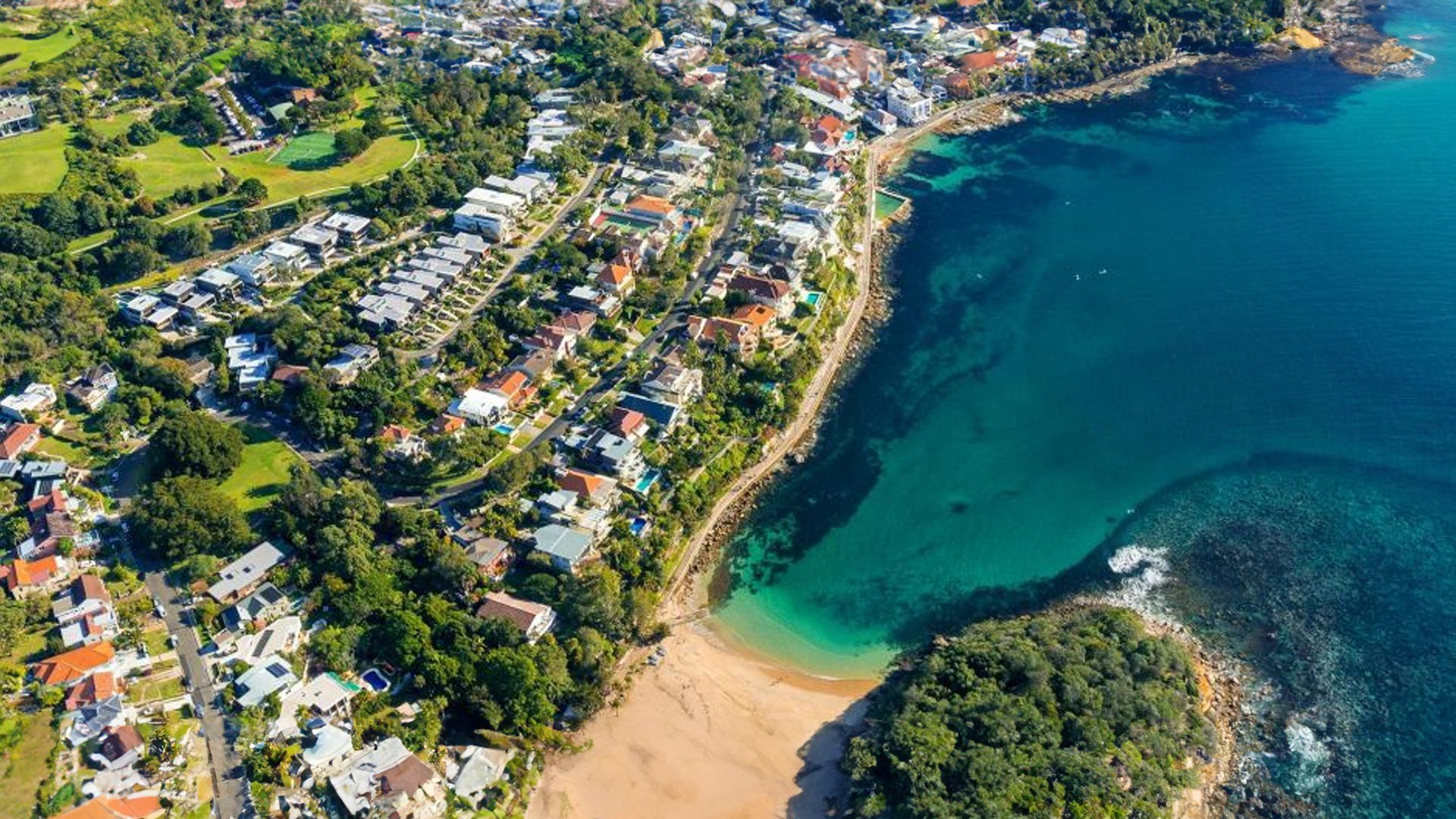The Australian government’s dilemma is to keep the economy running, but not waste funds revving the motor with the handbrake still on, writes OpenCorp director, Cam McLellan
To get a sense of future house prices, and which parts of the market will fare best, you need to get your head around government stimulus.
JobKeeper and JobSeeker aren’t meant to stimulate the economy. Instead, they’re a form of social security, to provide minimal care, to support Australian livelihoods. The Federal Government set the rates at just enough to put food on the table. No one on $1,100/fortnight lives well; but they also aren’t going to be completely destitute.
Renters, and owner-occupiers with a mortgage, were the biggest problems for a government going into a pandemic lockdown. As well as food and clothes, tenants and mortgagors must pay for shelter. Few places in Australia offer housing for less than $150/week. So, a tenant or mortgagor on JobSeeker was likely to suffer rental or mortgage stress.
In addition to JobSeeker/ JobKeeper, the government had to ensure tenants and mortgagors didn’t default on their obligations and lose their housing. So, they asked the banks to defer interest for Australian mortgagors in need, and passed laws to ensure income-affected tenants could stay in their rentals.
These interventions put a floor under the Australian economy.
Scott Morrison called it ‘building a bridge to the other side’. This evoked a nice image of things being ‘normal’ again. We called it ‘putting the economy on idle’.
The government’s dilemma? To keep the economy running, but not waste funds revving the motor with the handbrake still on.
HOUSING
Non-homeowners often wonder why the government supports the housing industry financially. Some think it’s a conspiracy to enrich the rich but stop them catching up.
According to AEC Group’s 2018 research, the housing industry directly employed around 1.4 million Australians. Many more were indirectly employed in industries that benefit from the housing industry.

When a new land block is built on, there’s work for urban designers, engineers, concreters, quarry operators, truckies, plumbers, landscapers, council assessment officers (and yes, even the ‘evil’ property developers who make it all happen).
When a block is done, there’s work for architects, consultants, builders, timber millers, material suppliers, chippies, brickies, plumbers, sparkies, cabinet markets, tilers and carpet layers. The list goes on. But wait; there’s more!
When a house is done, there’s work for those involved in furniture, white goods (and everything else that makes a house liveable) plus legal, financial, council and real estate people.
No other industry supply chain has such varied materials and labour. But that’s not the only reason the government favours housing stimulus over other industries. The main reason is leverage.
The person will take their money and obtain a loan from the bank. Leveraging the bank’s money allows them to own the asset. When the government grants $20,000 to someone who wouldn’t otherwise buy a home, that buyer will invest up to 37 times their grant!
e.g.: A person wants to buy a $750,000 house (the limit for many State first homebuyer grants):
- They can borrow $675,000.
- They need $112,500 to buy ($75,000 deposit + $37,500 stamp duty).
- They only have $92,500 saved. But the $20,000 grant gets them over the line.
This example shows the $20,000 government investment goes a long way to stimulating activity. The fascinating thing most people don’t realise is that the Australian public makes more out of this investment via taxes than the government pays!
The next numbers show how much revenue the Australian public generates as a direct result from a $20,000 government grant to promote new home construction:
• $37,500 stamp duty (State)
+ $68,182 GST (national + State) + $30,000 developer infrastructure charges (local government)
= $135,682 total.
This total isn’t even the whole tax take. There are also payroll and income taxes from the wages of all the trades, consultants and supply chain people listed earlier. Plus corporate tax on profits generated by the developer and builder.
So, contrary to the view grants are gifts to the unworthy, the Australian public is the main beneficiary of most housing stimulus.
The final point on stimulus is that, unlike other industries, most money spent in the Australian housing industry stays local. Money earned by local trades and suppliers is spent in the local market again, multiplying the benefit of the government’s investments.
Other sectors (e.g. mining) have a relatively tiny workforce. Employers are global conglomerates, so most profits end up overseas – providing no secondary local economy benefit.
INFRASTRUCTURE
In 2019, my business partners and I decided to move to Office (now Microsoft) 365 product suite. This let our whole team work remotely via cloud-based ‘software as a service’ (SaaS).
We engaged a project manager to scope the market, find the best package for us, and handle setup and implementation. We paid a significant, upfront price to configure new tools, train our team, and transition to a better way of working.
Were it not for this capital investment, the first lockdown would’ve seen us lose thousands of work hours. Today, we can’t imagine doing business without it.
This is a small case of business infrastructure investment. When I look at Australia’s infrastructure investments, I see the same benefit: but 25 million times bigger.

I remember Melbourne’s CityLink in the late 1990s. This massive project wreaked havoc on the roads while being built. The government’s huge investment was augmented by investment from Transurban (who’d ultimately own and manage the infrastructure). So, when the government designs stimulus packages, it makes sense that they focus on infrastructure projects that provide future economic benefit.
With the right public-private-partnership (PPP) structure, they can leverage each investment to provide more bang for buck (similar to housing) while reducing business costs across the country.
Infrastructure can also make more locations viable for living and doing business. For all its faults, the National Broadband Network (NBN) is a good example. Imagine trying to work in Covid lockdown without a network to handle the massive data streaming in and out of your home/office, home/school.
EDUCATION
Like infrastructure, investing in the education sector can provide significant medium and long-term benefits for the whole nation. Unlike infrastructure and housing, however, government spending on education can’t be leveraged as much with PPPs and bank funding.
Most government education investment goes straight to providers (e.g. to cover student tuition fee gaps, make learning cheaper, or provide better tools and facilities to improve learning outcomes). That said, the education and training sector is the fifth biggest by total employees. Money spent in this sector supports over a million people directly, and many more indirectly.
 I’m no education expert. I left home at a young age and did my study in the ‘School of Life’. But I know the world’s changing at incredible speed. To be competitive in the future, Australia must produce innovative and effective graduates in every profession and trade.
I’m no education expert. I left home at a young age and did my study in the ‘School of Life’. But I know the world’s changing at incredible speed. To be competitive in the future, Australia must produce innovative and effective graduates in every profession and trade.
I’m happy when the government invests in education and training, so long as it’s well managed and not open to rorting (some vocational schemes have enriched private training firms without giving people the useful skills they need). If the government designs monetary stimulus correctly, I’m sure Australia will see huge long- term benefits.
TOURISM
It’s hard to say how many Australians benefit from the tourism industry. When someone takes a two-week trip, they’ll likely buy accommodation, food, drinks, beachwear, sunscreen, and maybe catch a bus to an amusement park or other attraction.
They’ve therefore spent money across many sectors, including:
- Accommodation and food services (7th biggest employment group in Australia).
- Arts and recreation.
- Retail trade (2nd biggest employment group in Australia).
- Agriculture, forestry and fishing (their food comes from somewhere).
- Transport, postal and warehousing.
- Electricity, gas, water and waste services.
So, while we don’t know exact numbers, it’s clear tourism affects the livelihoods of millions of Australians.
Tourism, and the industry sectors supporting it, have been smashed by Covid and government restrictions on state and national border movements.

In 2018-19, around 9 million international tourists came to Australia, spending $44 billion while they were here. This looks to fall to almost nothing while Covid is around. On the flip side, around 10 million Australians went overseas in the same year. Of the $65 billion they spent, $43 billion was on holidays.
In other words, the money we bring in from tourism is about equal to the money we spend overseas. Therefore, if the government wants to stimulate tourism in Australia, anything they do to encourage Australians to travel domestically will be money well spent.
It is therefore reasonable to assume the government will focus on the domestic tourism market in the short term as part of the stimulus package.
HEALTH CARE
The health care and social support sector is Australia’s largest employer. It’s also forecast to grow faster than any other industry. It’s a crucial pillar of the Australian economy, made even more so due to the huge health challenges of Covid.
While most people will bounce back, some Australians will likely need years of support for stress and mental health issues from the isolation and anxiety of the pandemic.
 The virus has raised hygiene awareness and exposed vulnerabilities that must be addressed in the short term. Unlike Australia, countries hit harder by SARS were better prepared for Covid.
The virus has raised hygiene awareness and exposed vulnerabilities that must be addressed in the short term. Unlike Australia, countries hit harder by SARS were better prepared for Covid.
Taiwan (just 950 km from Wuhan) had large stockpiles of personal protective equipment (PPE). It also had digital thermometers in almost every building, Perspex sheets around school desks, and systems to identify and treat people efficiently and effectively.
As a result, Taiwan had little transmission of the virus and continued with little impact to their economic functioning.
We expect the government will likely continue the massive investment in hospital capacity and intensive care wards and equipment. As stated in the Australian Treasurer’s Fiscal and Economic update (July 2020), over $100 billion has been budgeted for hospital and medical investment in the next decade.
* THIS IS AN EXCERPT FROM CAM McLELLAN’S NEW BOOK, INVESTING IN THE NEW NORMAL, WHICH IS OUT NOW.
